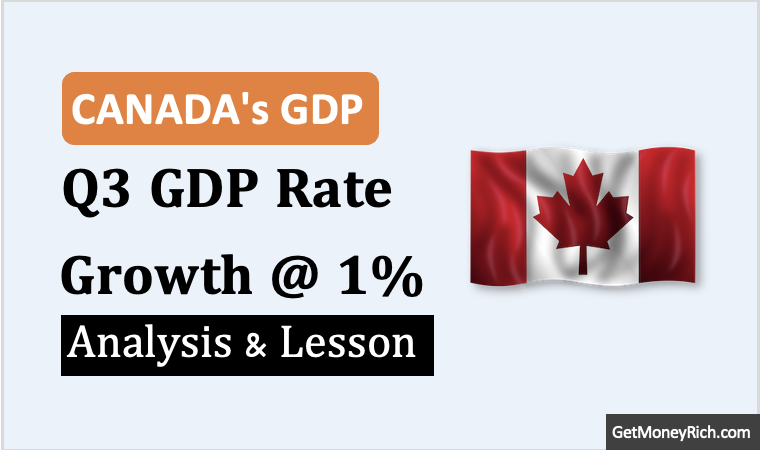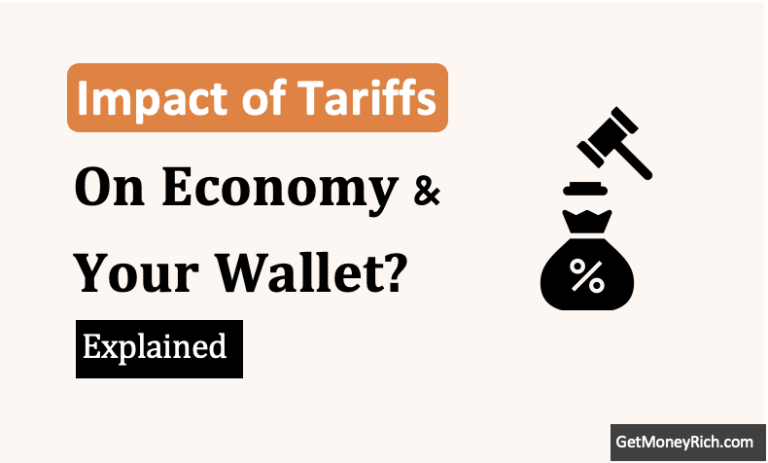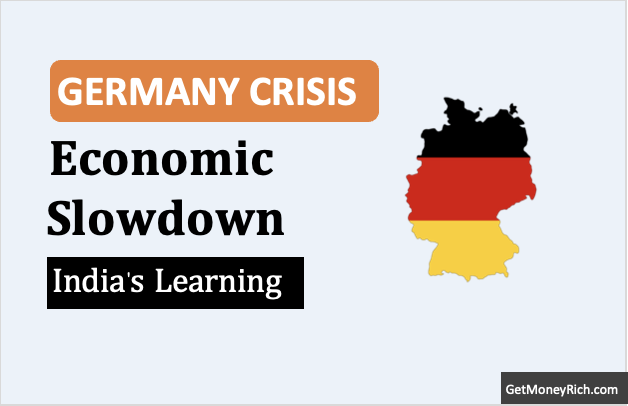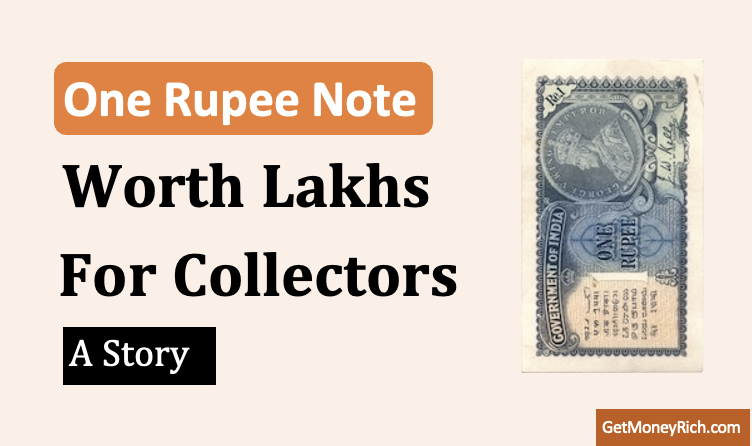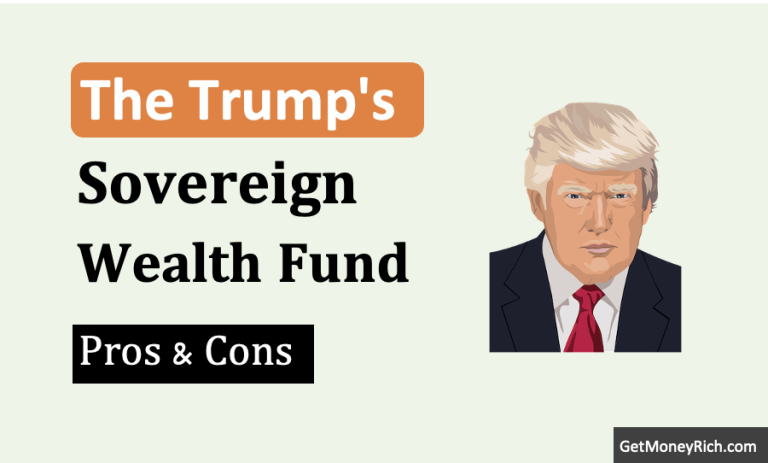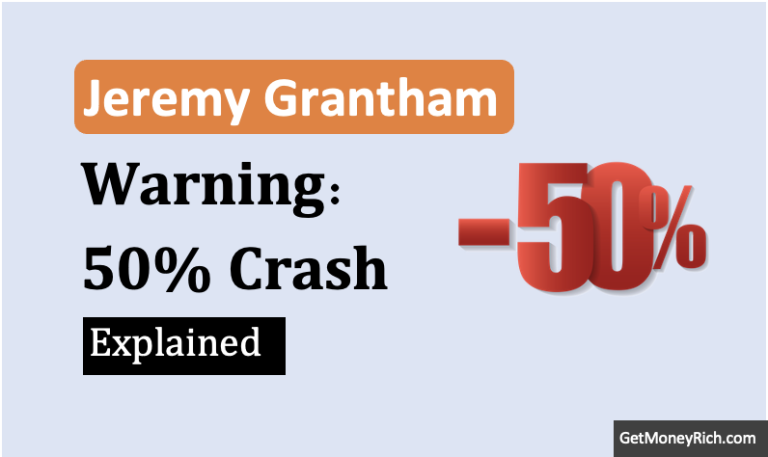Namaste Doston. Recently, the global markets are behaving a bit like the Indian weather – unpredictable. Just when you think you’ve figured things out, a new storm rolls in. This time, it’s the potential for Donald Trump’s proposed tariffs in 2025. While it might seem like a distant issue across the Pacific, these tariffs could have significant implications for our investments and the Indian economy. Let’s dive deeper than the headlines and understand what’s really at stake. You can also read about Donald Trump’s Sovereign Wealth Fund Dread here.
Beyond the Headlines: What These Tariffs Actually Mean
We know the basic premise: Trump wants to impose tariffs on goods from major trading partners like China, Mexico, and Canada. The stated goal is to protect American industries and reduce trade deficits.
However, this isn’t just a simple “America First” policy. It’s a complex economic maneuver with potential consequences that reach far beyond US borders.
I would like you to think about it like this: Imagine the Indian government suddenly slapping a huge tariff on imported smartphones. What would happen? Prices would go up, demand might shift to local brands (if available). Moreover, companies that import phones would scramble to find alternative solutions. The same logic applies to these proposed US tariffs, but on a much larger scale.
The Ripple Effect: How This Impacts India
Here’s where it gets interesting for us:
#1. As I mentioned before, tariffs can lead to inflation in the US. The US is a major consumer of goods, so higher prices there can put upward pressure on global prices, including in India. The RBI would then have to respond with interest rate changes. If inflation goes up, our existing loans could become more expensive.
#2. Many Indian companies are integrated into global supply chains. For example, Indian auto component manufacturers supply parts to companies that export to the US. If these exports become more expensive due to tariffs, it could impact demand for Indian components. This is something we would need to consider while investing in stocks of auto ancillary companies.
#3. On the flip side, this could be a golden opportunity for Indian exporters. If US companies are looking to diversify their supply chains away from China, India could emerge as a viable alternative. Sectors like textiles, pharmaceuticals, and engineering goods could see increased demand. But, it is easier said than done. Indian companies must improve their compliance and efficiencies in order to win new contracts.
#4. A significant portion of the revenue for Indian IT companies comes from the US. Any economic slowdown in the US due to tariffs could negatively impact the IT sector and its growth. Investors need to be aware of the risks involved.
#5. Trade tensions between the US and its trading partners can escalate beyond mere economics. These disputes could strain diplomatic relationships, potentially forcing India to deal with a more complex global relations. For instance, India might face pressure to choose sides or adjust its alliances. It will impact its strategic partnerships with both the US and countries targeted by the tariffs, influencing defense cooperation, and trade agreements.
What Are The Actionable Insights for Indian Investors?
So, what concrete steps can you, as an investor, take to navigate this potential tariff threat?
- Stress-Test Your Portfolio for US Exposure: Don’t just diversify generally. Specifically analyze how much of your portfolio’s earnings are directly or indirectly tied to US consumer spending or exports to the US. Use tools available on brokerage platforms to understand the geographical revenue breakdown of the companies you’ve invested in. If it’s high (say, over 30%), it’s time to re-evaluate.
- Dig Deep into Affected Sectors: Don’t just assume IT or Pharma will be affected. Research specific companies within those sectors. For example, a pharma company heavily reliant on exporting specific drugs to the US could be at risk. Conversely, a company focused on the domestic market might be relatively insulated. Look for companies that have already been diversifying their markets.
- Scout for “Beneficiary” Stocks: The China+1 Angle: Focus on identifying Indian companies poised to benefit from supply chain diversification away from China (the “China+1” strategy). Look at sectors like textiles, specialty chemicals, and electronics manufacturing, where India has a competitive advantage. Companies actively investing in capacity expansion and demonstrating a commitment to quality standards are worth a closer look. Real-world examples: Consider companies that manufacture components for renewable energy (solar panels, wind turbines), as the US seeks to reduce reliance on Chinese suppliers.
- Track Government Incentives – and Act Fast: The Indian government might introduce specific incentives or subsidies to help Indian companies compete in the global market. Stay updated on these announcements through government websites and financial news sources. Be ready to act quickly if new policies create attractive investment opportunities.
- Don’t Ignore the Rupee: Pay close attention to the Rupee’s movement against the Dollar. A weaker Rupee can be a double-edged sword. While it makes Indian exports more competitive, it also makes imports more expensive. Understand the net impact on the companies you’re invested in.
- Think Beyond Equities: If you are too risk-averse, then consider other investment opportunities in fixed income or debt instruments. Although it gives lower return, but in the time of economic uncertainty, it is a far better option than stocks.
Final Thoughts
Honestly, I’m cautiously optimistic.
While these tariffs could create some short-term pain, they could also create long-term opportunities for India.
It all depends on how Indian businesses and the government respond. I believe that India has the potential to become a major manufacturing hub and a key player in the global economy, but we need to be proactive, innovative, and adaptable.
What are your thoughts? Do you think these tariffs will be a net positive or a net negative for India? Share your opinions in the comments below! I’m eager to hear what you think.
Happy Investing!
Disclaimer: I am not a financial advisor, and this is not financial advice. Please consult with a qualified financial advisor before making any investment decisions. Aur haan, market mein risk toh hota hi hai! If you want you can join my email newsletter group for free.

